Optimal Timing for Tpo Roofing

Spring offers moderate temperatures ideal for Tpo roofing installation, reducing risks associated with extreme weather.
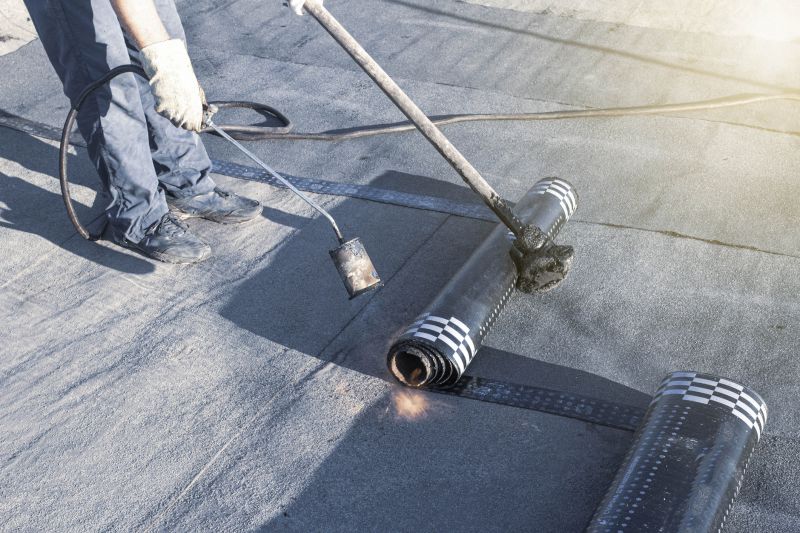
Early summer can be suitable, but high temperatures may affect adhesive and installation processes.
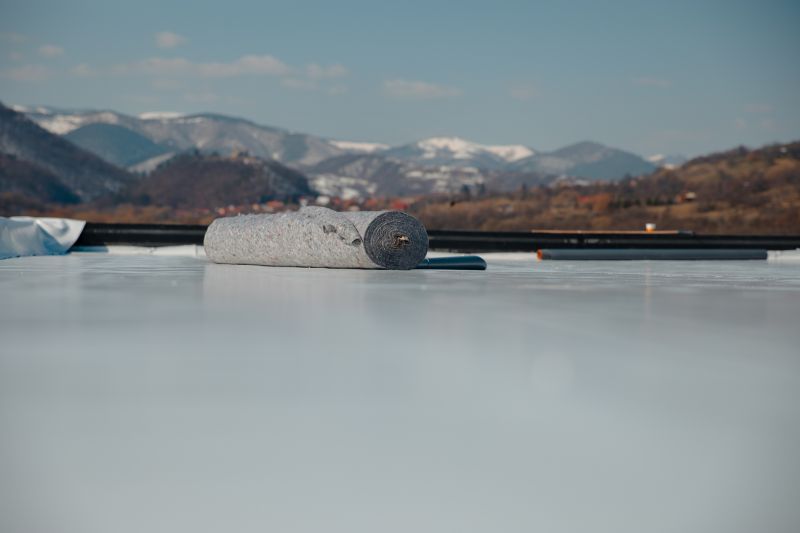
Fall provides cooler weather and less rain, making it a preferred season for Tpo roof installation.
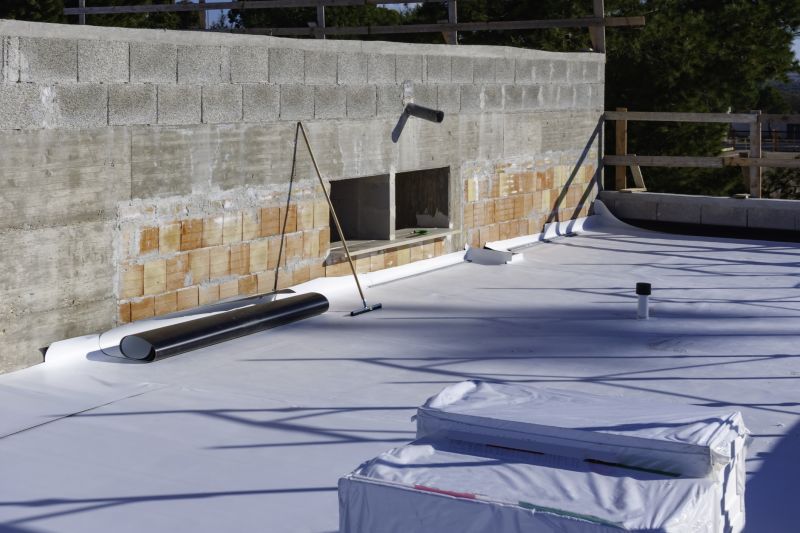
Ways to make Tpo Roofings work in tight or awkward layouts.
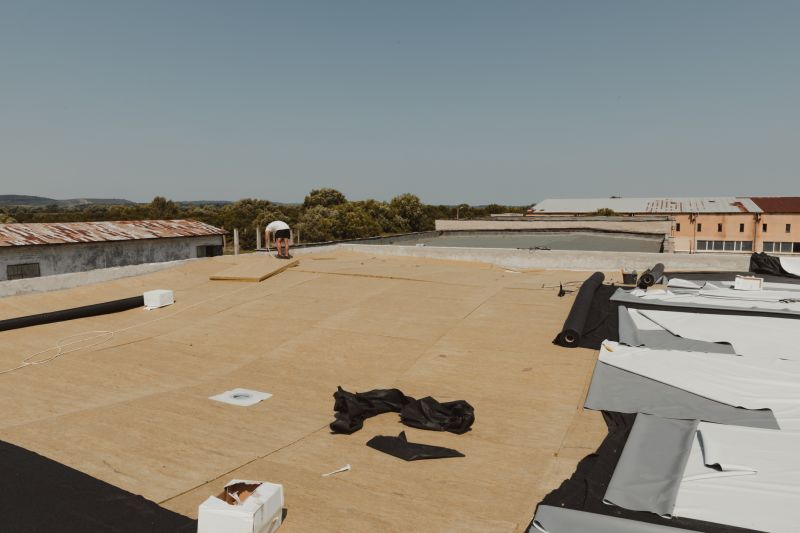
Popular materials for Tpo Roofings and why they hold up over time.

Simple add-ons that improve Tpo Roofings without blowing the budget.
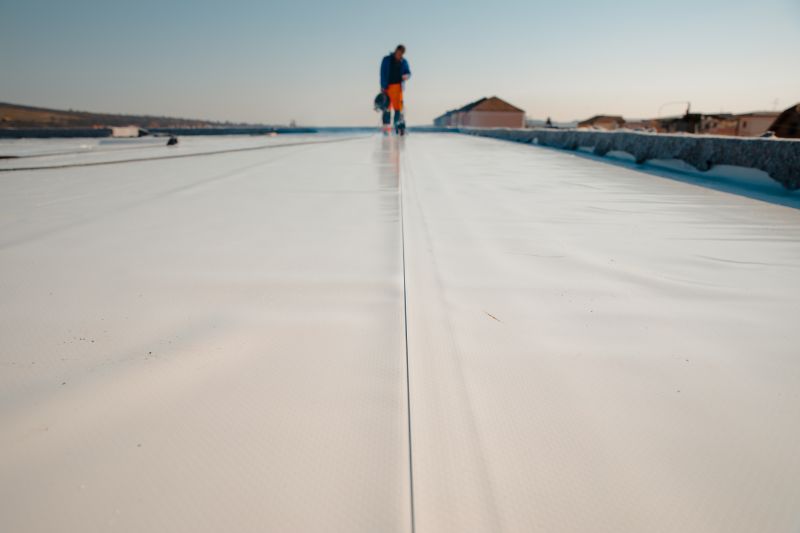
High-end options that actually feel worth it for Tpo Roofings.
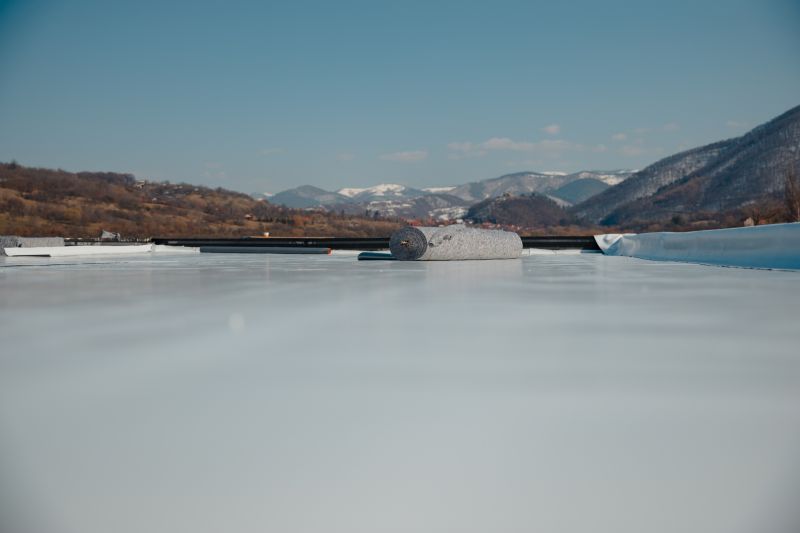
Finishes and colors that play nicely with Tpo Roofings.
Tpo roofing is a popular single-ply roofing membrane known for its durability, energy efficiency, and cost-effectiveness. It is made from thermoplastic polyolefin and is widely used on commercial and residential buildings. Tpo roofs are resistant to UV rays, chemical exposure, and punctures, making them suitable for various climates. Proper installation and timing can extend the lifespan of a Tpo roof, which typically ranges from 15 to 20 years with proper maintenance. Weather conditions significantly influence installation quality and longevity; therefore, selecting the optimal season is crucial for a successful roofing project.
Temperature and humidity levels affect the adhesion and installation process of Tpo membranes.
Dry and moderate weather conditions are essential for proper surface preparation and membrane application.
Extreme cold or heat can compromise the integrity of the roofing materials and adhesives.
Spring and fall generally provide the most stable weather for Tpo roof installation.
| Season | Optimal Conditions |
|---|---|
| Spring | Moderate temperatures, low humidity, minimal rain |
| Summer | Early summer preferred, avoid peak heat periods |
| Fall | Cooler temperatures, dry weather |
| Winter | Generally not recommended due to cold temperatures and potential snow |

Spring's mild weather supports effective installation and adhesion.
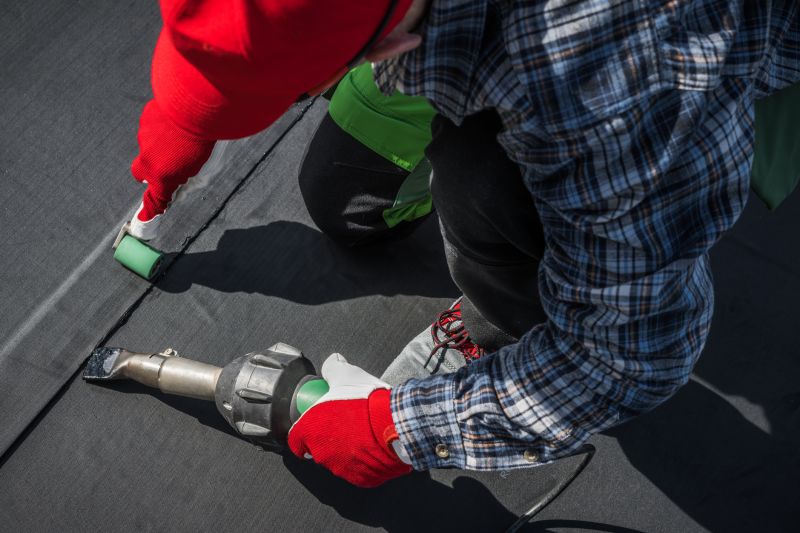
Early summer can be suitable if temperatures are manageable.

Fall offers cooler, dry conditions ideal for roofing projects.

Cold and snow make winter installation impractical.

Little measurements that prevent headaches on Tpo Roofings day.

A 60-second routine that keeps Tpo Roofings looking new.
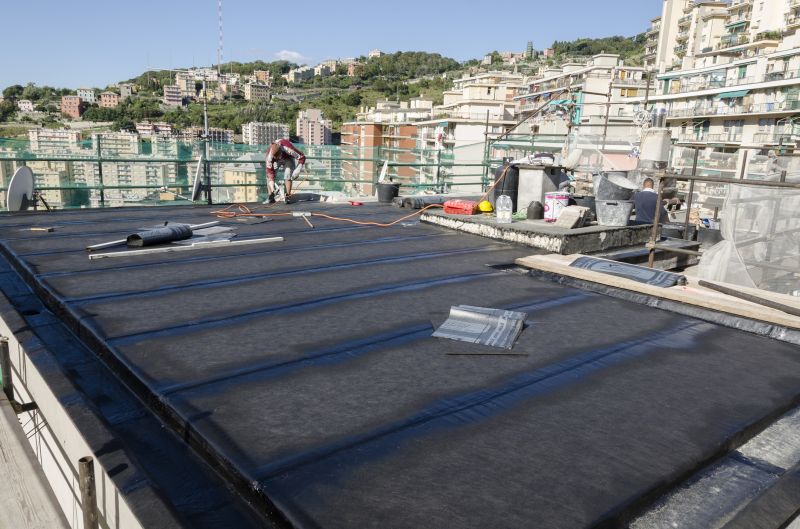
A frequent mistake in Tpo Roofings and how to dodge it.
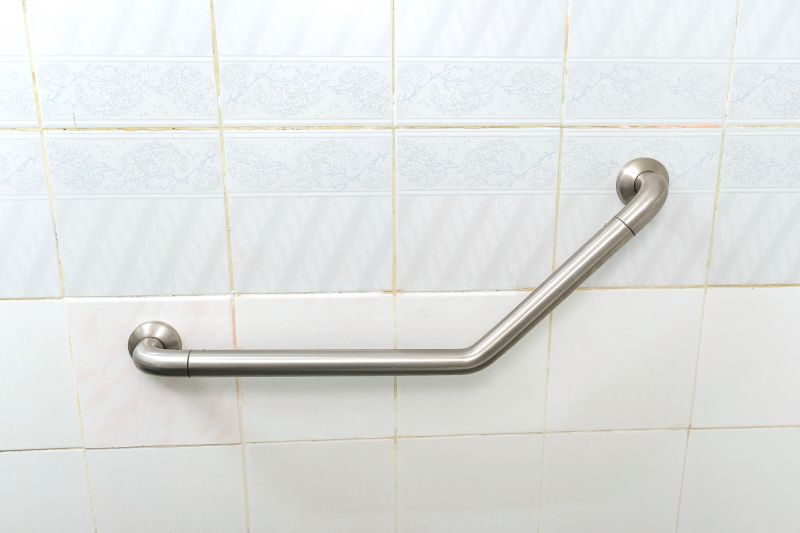
Small tweaks to make Tpo Roofings safer and easier to use.
Choosing the right season for Tpo roof installation can influence the durability and performance of the roofing system. Proper timing ensures optimal adhesion, reduces installation issues, and extends the lifespan of the roof. Consulting with roofing professionals can help determine the most suitable period based on local climate conditions and project specifics.

Installation typically involves membrane welding and sealing for durability.
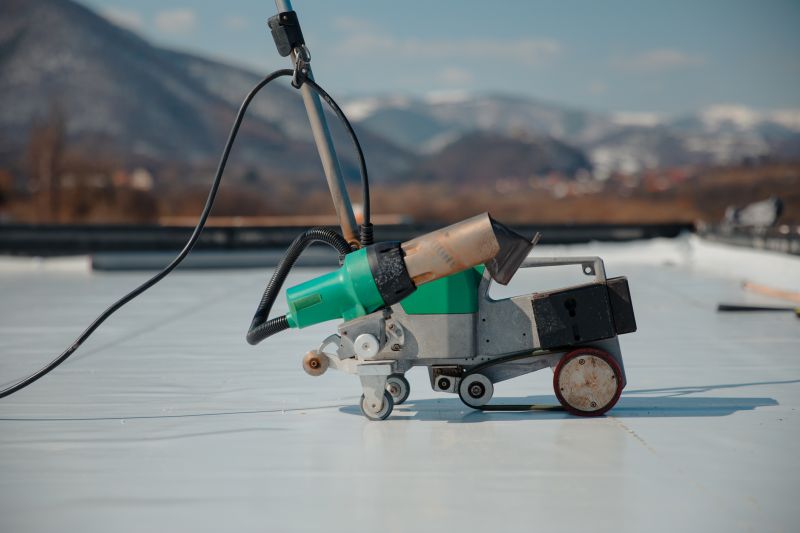
A properly installed Tpo roof provides long-term protection and energy efficiency.

Tpo roofs perform well across various weather conditions when installed correctly.

Regular inspections help maintain Tpo roof integrity over time.
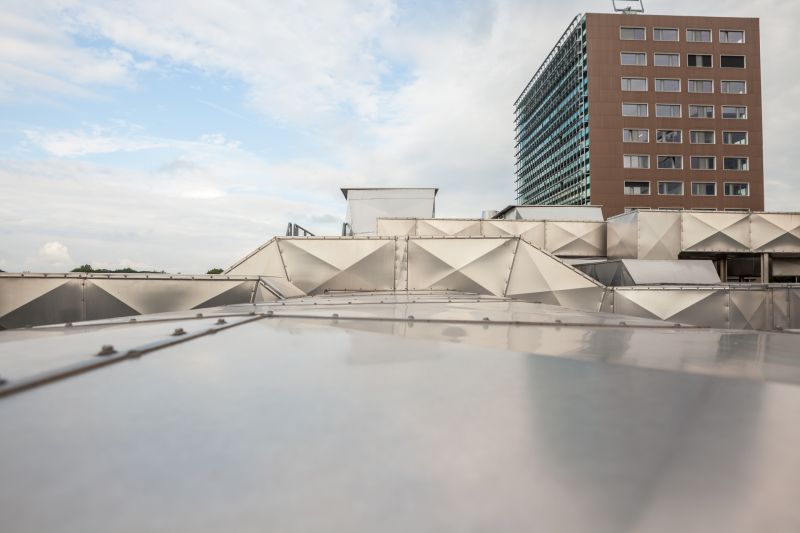
Lower-waste or water-saving choices for Tpo Roofings.
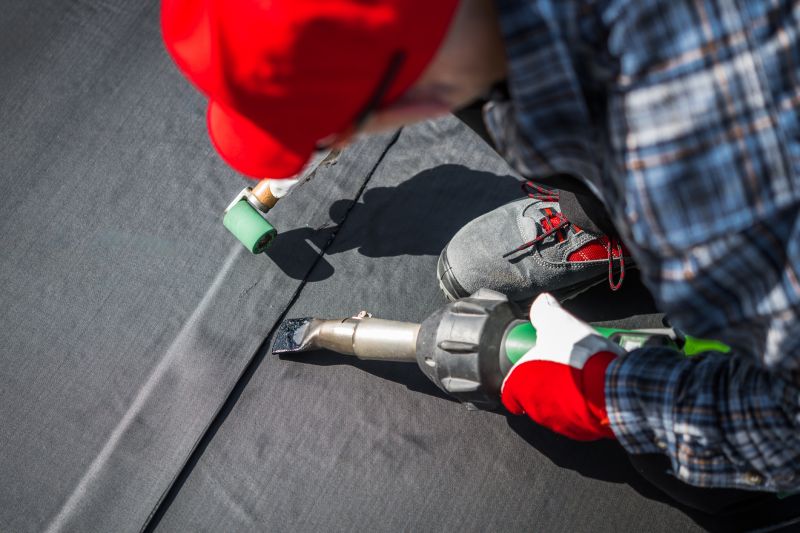
The short, realistic tool list for quality Tpo Roofings.
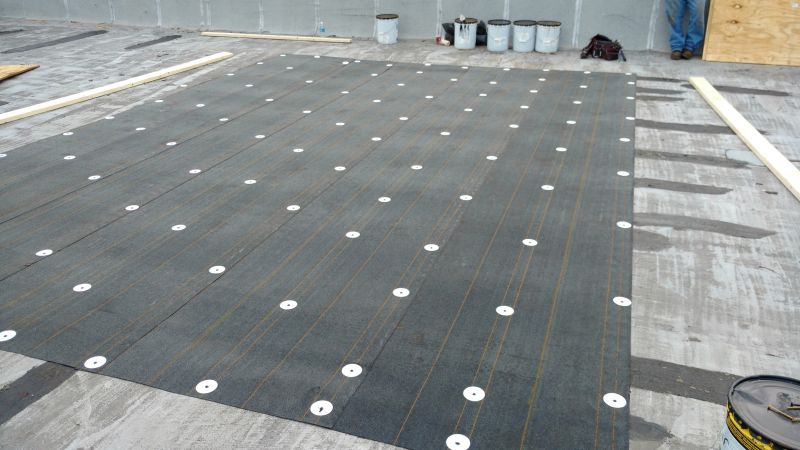
Rough timing from prep to clean-up for Tpo Roofings.

Quick checks and paperwork to keep after Tpo Roofings.
Interested parties are encouraged to contact for further information or to schedule a consultation regarding Tpo roofing projects. Proper timing and installation practices can optimize the performance and lifespan of Tpo roofs, ensuring long-term value and protection.



